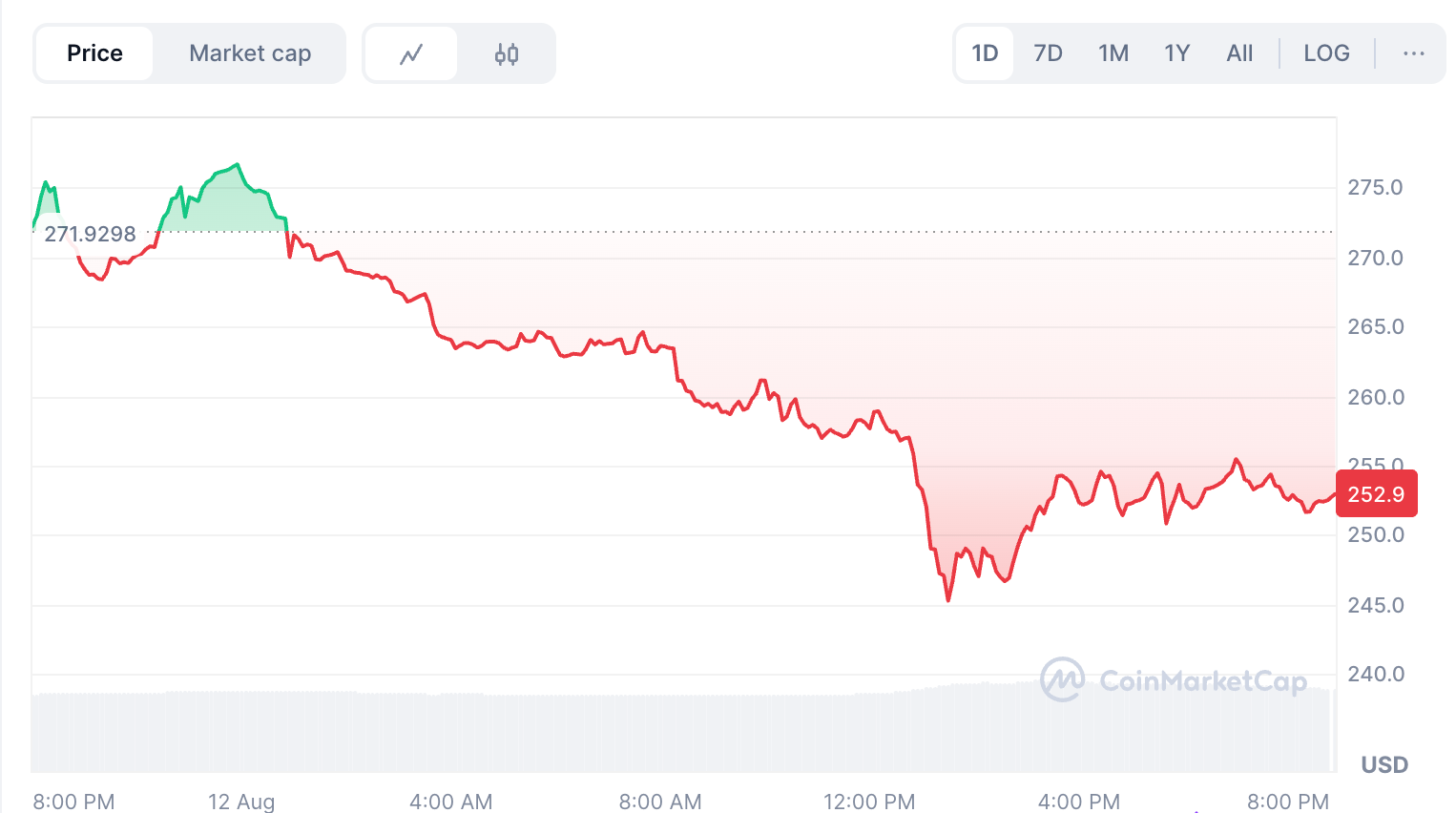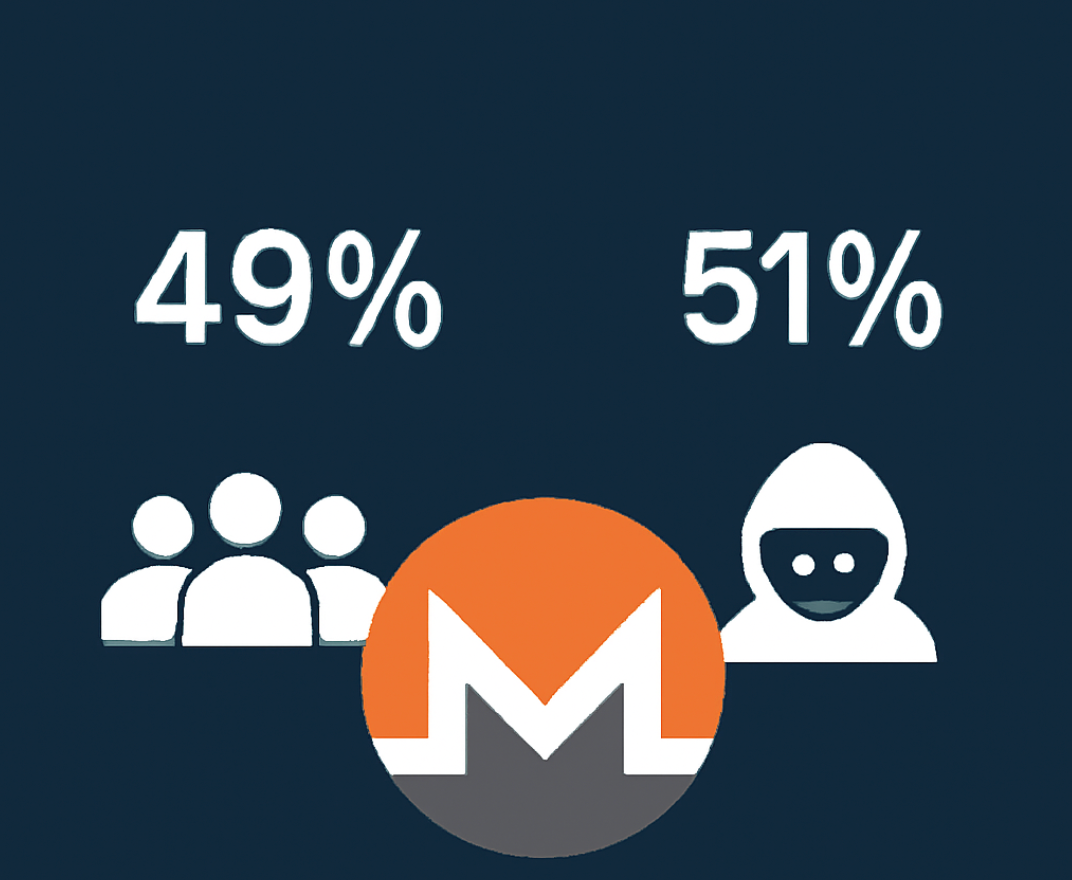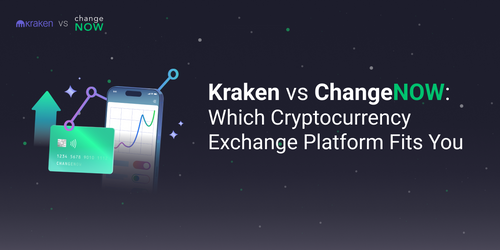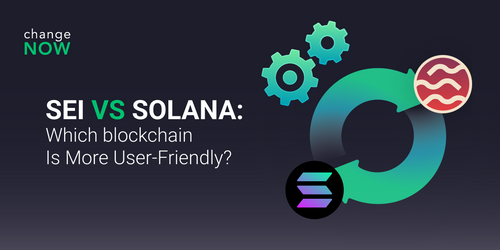Monero Amid Price Fluctuations: What Happened to XMR?

Why Did Monero (XMR) Price Fall?
Monero (XMR) has established a name for itself in the crypto world by focusing on security and privacy. And like any other crypto, it's been swept up in the waves and dips of the market. Recently, its price fell quite substantially, and everybody is wondering why. So, what went wrong? In this article, we’ll break down the reasons behind it, from mining power centralization to market moves and outside influences.

What Led to the Price Drop?
Monero saw its price fall quite notably in mid-2025. Why so? Well, the centralization of mining influence played a huge part in it. The Qubic mining pool, led by Sergey Ivancheglo (the co-founder of IOTA), briefly controlled a significant portion of the hash rate. This raised some serious red flags — investors and the community became worried about a 51% attack.
While Qubic described all this as a "stress test" to see how Monero's network would react, the market wasn't so chill about it. The investors started worrying that this centralization would be a problem. With that, Monero's price dropped more than 10% just in a single day alone. Despite Qubic’s clarifications that no malicious intent was involved, the market sentiment soured, the market started doubting, and Monero's value declined.
Understanding a 51% Attack
A 51% attack occurs when a single entity or a group of miners control more than half of the blockchain's processing power (or hash rate). With this level of control, they would theoretically be able to control the network in several ways, like double-spending coins, undoing confirmed transactions, or censoring new transactions.
While a 51% attack does not permit one to directly steal your coins, it can disrupt the whole network nonetheless. To a privacy coin like Monero, this is very unfortunate. If the blockchain is compromised, it could wreck the trust people have in Monero's privacy features, like its untraceable transactions. And once trust has been broken, Monero would no longer be attractive to privacy-conscious users.

The Importance of Decentralization
Decentralization is one of the core tenets of Monero’s philosophy. The network was specifically designed to keep any one group from gaining too much control. Monero is based on the RandomX algorithm, which favors common CPUs to sophisticated mining rigs. This keeps more people in a position to mine Monero, thus keeping things decentralized.
However, the recent events involving Qubic have highlighted the ongoing challenges of maintaining true decentralization in the face of evolving mining technologies and economic incentives. As the network becomes more competitive, efforts to preserve decentralization become more critical. The Monero community acted quickly to address these issues, but it remains a fight. The most recent experience is a reminder that decentralization needs to be upheld — and it doesn't come without a price.
Privacy Features and Regulatory Pressures
Monero’s primary selling point is its privacy features, which include:
- Ring Signatures: These obfuscate the sender’s identity by mixing the user’s transaction with others, making it nearly impossible to identify the exact sender.
- Stealth Addresses: These create one-time addresses for each transaction, preventing third parties from tracking recipients.
- Bulletproofs: A type of zero-knowledge proof that reduces transaction sizes and enhances scalability while maintaining privacy.
These technologies allow for anonymous transactions, making Monero a popular choice for those who prioritize privacy. However, as governments and financial institutions increasingly focus on regulating cryptocurrencies, privacy coins like Monero face significant scrutiny. Some challenges include:
Government Restrictions: Several countries have moved to restrict or ban privacy coins, citing concerns such as money laundering, tax evasion, and other illicit activities.
Delisting from Exchanges: Some exchanges have removed Monero due to regulatory pressures, making it harder for users to trade or acquire the cryptocurrency.
Where to Buy and Store Monero?
There are two options for holders: using cold or hot wallets. Speaking about cold wallets, you can consider having a hardware wallet. Ledger and Trezor offer secure options for Monero storage, ensuring your private keys remain offline and protected from online threats. As for hot wallets, it is still possible to store your coins privately using non-custodial wallets like NOW Wallet.
The rest of the privacy coins, such as Zcash (ZEC), Dash (DASH), and Pirate Chain (ARRR), also focus on user anonymity, all using different mechanisms such as zero-knowledge proofs (ZK-SNARKs) or the PrivateSend feature to maintain transactions as confidential as possible. While Monero is arguably the best privacy coin by default, these other coins also offer robust privacy mechanisms for users who want similar levels of confidentiality in their transactions.
All these coins are available for swapping, selling and buying on ChangeNOW and for storing in NOW Wallet.
Market Sentiment and External Factors
Monero's value, like that of other cryptocurrencies, depends much on what is going on in the market. While Monero’s privacy features make it a unique offering, its price is still subject to the ebb and flow of investor confidence. A slight amount of bad news or a fear that the network may be hacked can lead to steep price drops.
For instance, when the Qubic mining pool briefly controlled a substantial portion of the network’s hash rate, it not only caused some stress within the Monero community but also generated overall market uncertainty. This uncertainty has led to sell-offs and panic, and Monero's price was adversely affected.
As governments around the world implement stricter rules for digital assets, privacy coins like Monero face an uncertain future. Investors are getting anxious, factoring in the danger of having a privacy-focused coin which could get caught up in future legal prohibitions.
Conclusion
Monero's recent price fall reflects the complexity of the crypto market. Centralization concerns of the mining activity, regulatory pressures, and investor sentiments all prevail over its price action. While the Monero network remains resilient, events of 2025 serve as a reminder that even privacy coins must work hard to stay decentralized and secure in future.
To investors, the message is simple: watch the developments that are playing out on Monero and in the wider cryptocurrency market. The ups and downs Monero has experienced prove the risks in privacy coins, but also show the need to keep on fighting for decentralized networks.
As Monero continues to grow, the developers and users will have to figure out how they can decentralize in the face of mounting pressure from regulators and the market. Only time will tell how this will shape Monero's future.





